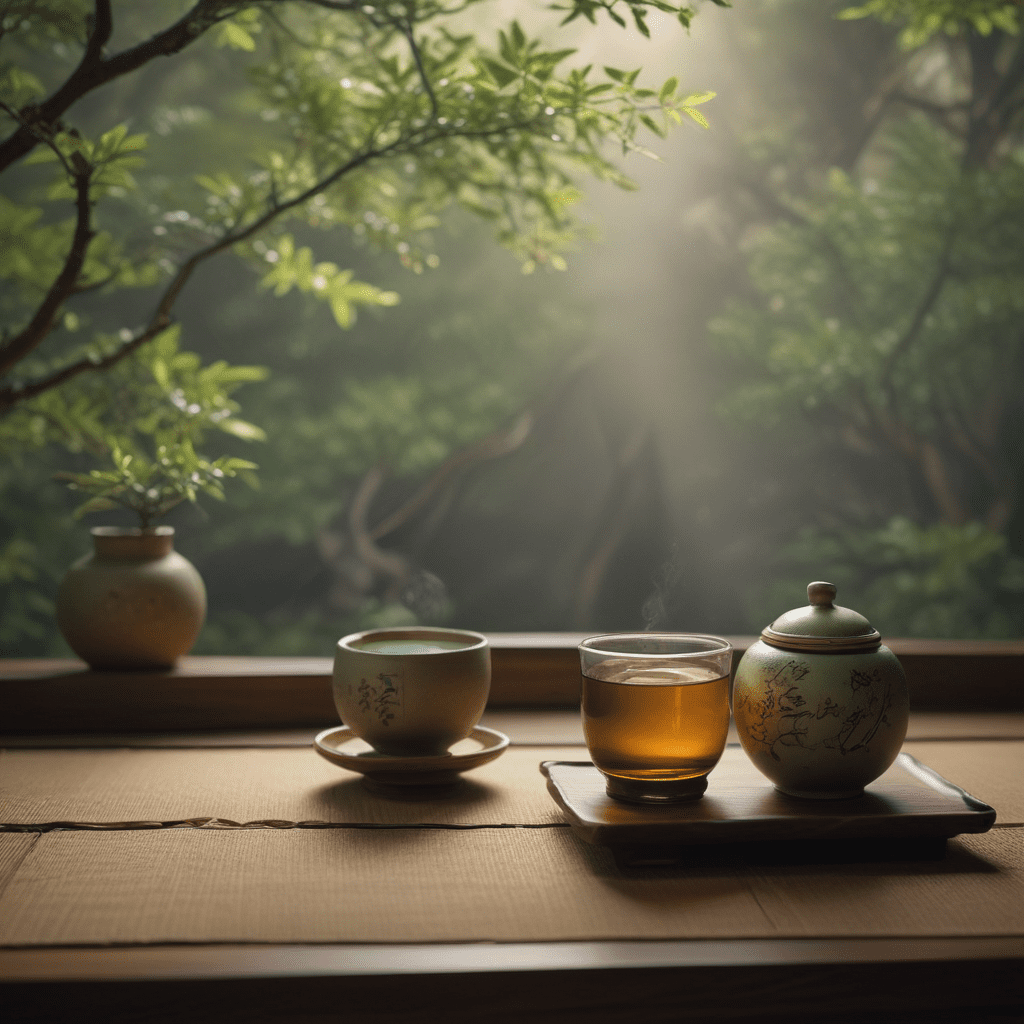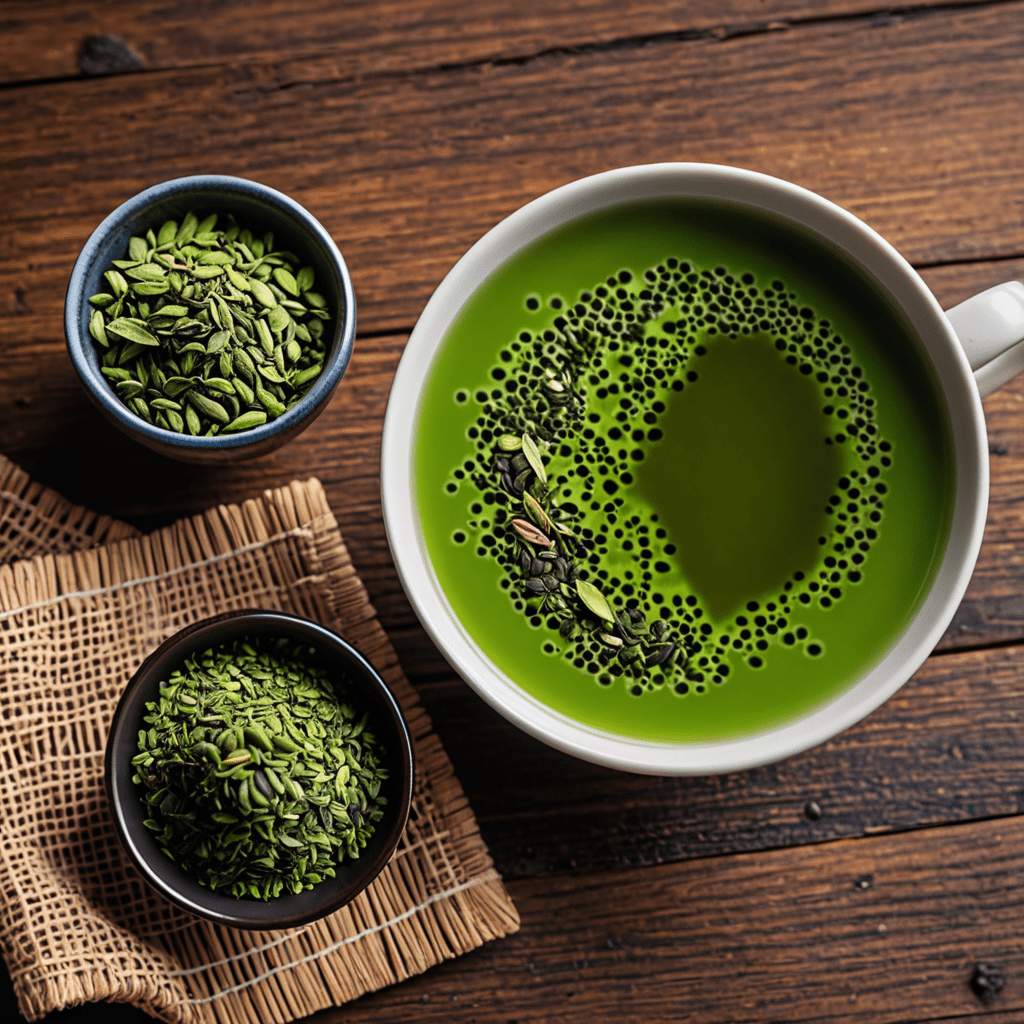
Origins and Roots of the Japanese Tea Ceremony
The Japanese tea ceremony, known as chanoyu or chadō, is an ancient ritual steeped in history and cultural significance. Its origins can be traced back to the 9th century when Buddhist monks introduced tea to Japan from China. Tea quickly became a popular beverage among the elite, and by the 15th century, it had evolved into a highly refined ceremony.
The Chado Principle: Harmony, Respect, Purity, Tranquility
The tea ceremony is centered around the principle of chado, which translates to "the way of tea." Chado encompasses four core principles: harmony, respect, purity, and tranquility. These principles guide every aspect of the ceremony, from the preparation of the tea to the interaction between the host and guests.
The Tea Room: A Sanctuary for Spiritual Communion
The tea room is the sacred space where the ceremony takes place. It is typically a small, simple room with a tatami mat floor and a tokonoma, or alcove, where a scroll or flower arrangement is displayed. The tea room is designed to evoke a sense of tranquility and stillness, providing the perfect setting for spiritual communion.
The Ceremony as a Sacred Ritual: Etiquette and Symbolism
The tea ceremony is a highly ritualized event, with every movement and gesture imbued with symbolic meaning. The host and guests follow a strict etiquette that governs their behavior, from the way they enter the tea room to the way they handle the tea utensils. The ceremony is rich in symbolism, with each object and action representing a deeper spiritual message.
The Preparation of Matcha: A Mindful and Artistic Process
The preparation of matcha, the finely ground green tea powder used in the ceremony, is an art form in itself. The tea is whisked with a bamboo chasen into hot water, creating a frothy, emerald-green beverage. The ritual of preparing matcha is slow and deliberate, allowing the host to focus on the present moment and cultivate a sense of peace.
The Importance of Silence and Meditation
Silence plays a crucial role in the tea ceremony. Extended periods of quiet reflection allow participants to connect with their inner selves, cultivate mindfulness, and appreciate the subtleties of the ritual. Meditation is an integral part of the ceremony, with guests often engaging in silent meditation before and after enjoying the tea.
The Interconnection of Nature and Tea: Wabi-Sabi and Zen Aesthetics
The Japanese tea ceremony embraces the principles of wabi-sabi and Zen aesthetics. Wabi-sabi celebrates the beauty of imperfection and the impermanence of all things, while Zen aesthetics emphasize simplicity, naturalness, and asymmetry. These concepts are reflected in every aspect of the ceremony, from the rustic tea utensils to the humble surroundings of the tea room.
The Tea Host: Guide to Spiritual Enlightenment
The tea host plays a pivotal role as a guide to spiritual enlightenment during the tea ceremony. With their knowledge and experience, the host creates an atmosphere of tranquility and harmony, facilitating a deeper connection among participants. The host's every movement and gesture embodies the principles of chado, setting an example for guests to follow.
The Guest's Role: Receptivity and Awareness
Guests in the tea ceremony are not mere observers but active participants in the ritual. They are expected to be receptive to the beauty and symbolism of the ceremony, cultivating a sense of gratitude and appreciation for the host's efforts. Through their presence and participation, guests contribute to the shared experience of mindfulness and spiritual communion.
Lasting Legacy: The Tea Ceremony as a Tool for Mindful Living
The Japanese tea ceremony continues to be practiced today as a powerful tool for mindful living. It offers a respite from the hustle and bustle of daily life, allowing individuals to reconnect with their inner selves and cultivate a sense of tranquility. The principles of chado—harmony, respect, purity, and tranquility—are timeless teachings that continue to inspire and guide practitioners in their pursuit of spiritual growth and well-being.
FAQs
What is the meaning of "chanoyu"?
Chanoyu is a Japanese term that translates to "the way of tea." It refers to the Japanese tea ceremony, a ritualized practice steeped in cultural significance and spiritual principles.
What are the four core principles of chado?
The four core principles of chado are harmony, respect, purity, and tranquility. These principles guide every aspect of the tea ceremony, from the preparation of the tea to the interaction between the host and guests.
What is the significance of the tea room?
The tea room is the sacred space where the tea ceremony takes place. It is typically a small, simple room with a tatami mat floor and a tokonoma, or alcove, where a scroll or flower arrangement is displayed. The tea room is designed to evoke a sense of tranquility and stillness, providing the perfect setting for spiritual communion.
What is the role of the tea host?
The tea host plays a pivotal role in the tea ceremony as a guide to spiritual enlightenment. With their knowledge and experience, the host creates an atmosphere of tranquility and harmony, facilitating a deeper connection among participants. The host's every movement and gesture embodies the principles of chado, setting an example for guests to follow.
How can the tea ceremony benefit my life?
The tea ceremony offers numerous benefits, including reducing stress, cultivating mindfulness, and promoting spiritual growth. By embracing the principles of chado, participants can learn to appreciate the beauty of imperfection, find joy in simplicity, and cultivate a deeper connection with themselves and others.

